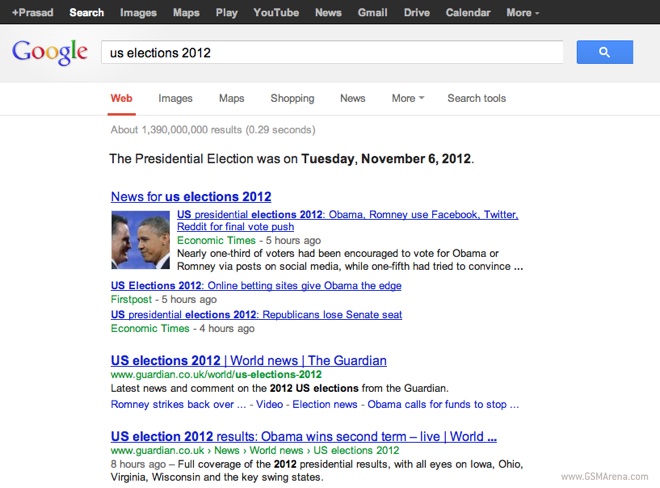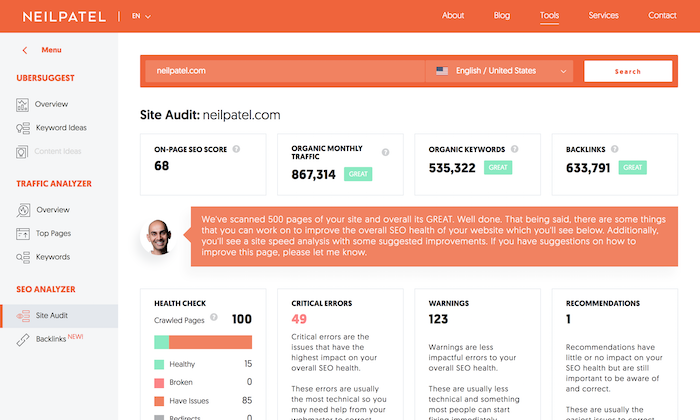
It is important to create useful content and not just tricks to please Google algorithms. This is the best way to on-page SEO. A recent study by SparkToro polled over 1,500 SEO professionals and found that the relevance of overall page content was the most important. Many qualities of content were also highly regarded. Here are some best practices that you can follow for each. Here are some of these most common practices. You should use anchor text, page title, meta description, and subheadings.
Anchor text
Anchor text is a crucial part of content creation for websites. You should include descriptive text in your anchor text, along with keywords. Anchor text should be placed next to the focal points. This is because people don't like reading long pages and articles. To achieve this, you can use the cloud method. You can use this technique to place an anchor text beside a heading, a key word, or imagery on a webpage.
Title of page

The page title can have a major impact on your organic visibility. It assists users in identifying pages and directing them to the appropriate keywords. The perfect page title can be created by following 6 simple rules. The page title should not be too long, difficult to read and contain at most one keyword that directly relates to the page's contents. Avoid using keywords in your title. You can use synonyms in the title. This can increase the visibility of your page in search results.
Meta description
Google claims that keywords included in your meta description will not be used to rank your website, but studies show that they draw attention to the highlighted keywords and can lead readers to click through to your site. Secondary keywords are recommended because they will increase visibility in the SERPs. It is important to avoid sounding too generic or deceptive when selecting keywords. These tips can help to craft a meta title that will get more clicks for your website and increase its traffic.
Subheadings
SEO best practices call for a clear and concise subhead. The ranking of a page was determined by its headings. However, it is not the same anymore. Search engines can now determine the main focus of a page's content by using LSI keywords. A subheading of quality should be between 10 and 30 words in length.
Linking with high-quality websites

Linking to high-quality websites is the best way for you to rank high in Google. This will not only tell search engines your site is connected with other websites but it will also provide context for your pages. You should make sure to check the destination of your links regularly. Broken links can be a problem for SEO and can lead you to the wrong place. Instead of trying to force a link to a certain page, let it naturally grow.
Internal links
Internal links are among the most powerful SEO best practices. These links serve as the foundation of your website and allow users to navigate through your content. Unlike external links, which point to external domains, internal links pass link equity to your website differently than inbound links. Search engines view them as third-party votes. If you can link from one page to another, you'll benefit in many ways, including higher ranking in search results.
FAQ
SEO: Why is it important?
There are many good reasons to use search engine optimization.
First, it helps increase the number of visitors to your website by making sure that your website appears high in search engine results.
It helps to increase conversions, as it ensures that users search for exactly what they want by optimizing their search results.
It helps customers find you online, which increases brand awareness.
Fourth, it enhances the user experience and allows them to navigate your website quickly.
Finally, it builds trust among potential customers by showing that you care enough about your business to ensure it ranks well in search engines.
What is an SEO Campaign?
An SEO campaign is a series of activities designed to improve the visibility of a particular webpage or domain name in search engines like Google, Bing, Yahoo, and others. These activities include optimising the title tags and meta description tags, URL structure pages, images, internal links, and page content.
SEO campaigns usually begin with keyword research. This is where keywords are identified that will increase organic traffic. Once keywords are identified, they should be optimized across the website from the homepage to individual pages.
How long does SEO take traffic to build?
Usually, it takes between 3-4 months to generate traffic through SEO. It all depends on several variables.
-
Your site's content quality
-
Backlinks
-
Targeted keywords
-
Competitor rankings etc.
SEMrush provides a free trial to help you get started in SEO. This powerful platform will allow you to monitor every aspect of your SEO campaign.
Will A Content Strategy Help Me Get Better Ranking?
A content strategy is a plan for how much content will be produced over time. This strategy includes keywords and topics as well as other information about your company. This plan is essential to ensure you don’t create too much or too few words before you begin writing.
What is On-Page SEO?
On-page SEO refers to the actions you take within your website to help it rank higher in search engines. On-page optimization includes site architecture, page titles and meta tags. Image alt text is also included. Off-page SEO is activities that are not related to your website and will help improve its rankings. These activities can include backlinks as well as social media shares and press releases.
How do I get more Facebook visitors?
Facebook offers several different ways to increase traffic to your website. Facebook ads is one of your best options. With Facebook ads, you can target specific audiences based on interests, demographics, and location. You can even set a daily budget and see which posts perform well.
Statistics
- 93%of online experiences today begin on search engines. (marketinginsidergroup.com)
- These guides are designed and coded 100% from scratch using WordPress. (backlinko.com)
- 64% of marketers actively create SEO campaigns because they help hit multiple key performance indicators (KPIs), including increasing traffic, helping your site rank for relevant keywords, improving your conversion rate, and much more. (semrush.com)
- And 90%+ of these backlinks cite a specific stat from my post: (backlinko.com)
- A 62.60% organic traffic boost to that page: (backlinko.com)
External Links
How To
How do you set up your first blog?
It's simple! WordPress is a wonderful tool to help you create a blog. You can edit the appearance of your blog by creating themes, changing fonts, colors, or customizing it. Users can also install plugins to modify certain elements of their websites based on visitor activity.
There are many free templates you can download from WordPress.org. You also have the option to purchase premium templates. Premium templates have additional features, such as more pages, extra plugins and enhanced security.
Once you have downloaded your template, sign up for a free account at a hosting provider in order to upload your files and to run your blog. Many hosting companies offer free accounts. However there are limitations to how much space you can have, how many domains your site can host, and how often you can send emails.
You will need separate email addresses if you want to use multiple domain names. This service may be charged by some hosts.
You may be wondering why anyone would pay for a blog to be hosted online if you are new to blogging. Most hosts offer unlimited storage space, meaning your files won't be deleted even if you accidentally delete them.
Many hosts also let users host multiple domains, meaning you could have several different sites under the same hosting package. This allows you to sign up for only one email account and manage all your sites via one interface.
Some hosts have social media sharing buttons built into their dashboards. This allows visitors to quickly and easily share content across the internet.
You can usually manage your blog through the tools offered by hosting providers. You can view your site's performance stats, see how many visits each post has received, and compare your traffic against similar blogs.
These tools can make managing a blog easier and more effective, so you should look into them before choosing a hosting package.
To sum up:
-
You can choose a topic related to your business.
-
Create engaging content;
-
Optimize your site using SEO techniques;
-
Promote your site using social media channels;
-
You can monitor your statistics and make adjustments if necessary.
-
Last but not least, make sure to keep your blog updated.
In other words, create quality content, promote it effectively, track its success.